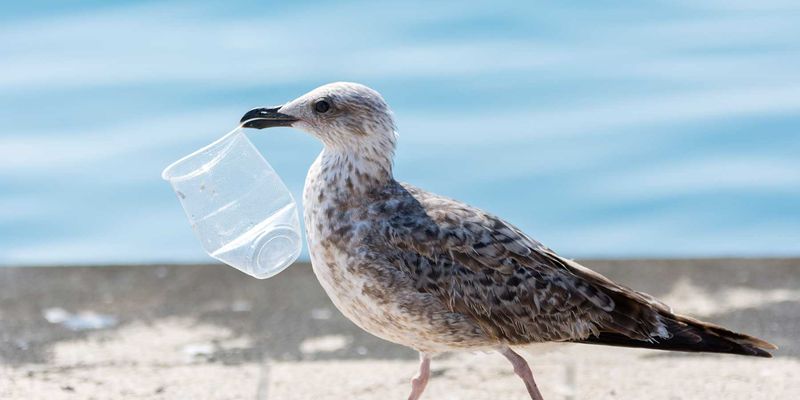[ad_1]
Seabirds from Gough Island in the South Atlantic, Marion Island near Antarctica, and the coasts of Hawaii and Western Australia have a dangerous habit: they eat plastic. An international team from 18 institutions in seven countries found in 32 seabird species from around the world that up to 52 percent of birds not only ate plastic, but that the chemical components of the plastic also accumulated in their bodies.
The explorers published their results in Environmental monitoring and pollutant research.
“Around 400 million tons (440 million tons) of plastics are produced worldwide every year, and some of it escapes into the environment and ultimately ends up in the oceans,” says the corresponding author Hideshige Takada, professor at the Laboratory of Organic Geochemistry (LOG). Tokyo University of Agriculture and Technology. “When plastics float on the ocean surface or are stranded on beaches, they are exposed to the sun’s UV radiation and break down into smaller fragments.”
These fragments as well as resin pellets, which are used as plastic raw material and also get into the water, are neither biodegradable nor do they sink. They are similar in size to seabirds’ natural prey from small fish and insects, and they are light enough to swim or move with the current.
“As a result, huge amounts of plastic are available to a number of consumers in the world’s oceans,” said Takada. “By 2020 it was reported that 180 species of seabirds, which is half of all seabird species in the world, had ingested plastic. It has also been predicted that 99 percent of seabird species will have ingested plastic by 2050. “
While eating plastic can cause physical harm and be a direct killer of seabirds, Takada says little is known about the biological consequences of consuming the chemicals used to bind, stabilize, or otherwise improve plastic found in food packaging, fishing gear and . is used more.
“It was believed that additives are not readily available for leaching or enrichment in biological tissue because they are kneaded into the polymer matrix during plastic manufacture,” Takada said. “However, it has been shown that oily components in digestive fluids can act as organic solvents to make it easier for additives to be washed out.”
As a result, Takada said, plastic additives can build up in the tissues of seabirds.
“With this study, we wanted to understand the global threat posed by plastic-mediated buildup of chemical additives to seabirds,” said Takada.
The researchers analyzed oil from the prickly gland, located just above the tail, of 145 seabirds in 16 different locations around the world. By examining the chemical concentrations in this oil, the researchers can determine the pollution levels in the bird’s internal fat stores. They obtained the oil by wiping the gland, which can be done without harm to the bird. They also examined the foster gland oil and stomach contents of 54 bird carcasses found on the beaches.
The researchers found one additive in 16 of the birds and other additives in 67 of the birds.
“Seabirds were found to have high levels of additives that also contained large ingested plastic loads,” Takada said, noting that the birds could also receive additives originally ingested by their natural prey. “The detection additives have shown that a significant proportion of the world’s seabirds – 10 to 30 percent – likely accumulate chemicals directly from ingesting plastics, but the health consequences of this are not fully understood.”
The researchers want to further research the biological effects of the accumulated additives in seabirds.
– This press release was provided by Tokyo University of Agriculture and Technology
[ad_2]

